Plans to cut the fifth Sentinel surveillance aircraft have been put on hold.
The decision will last until a long-term decision on the fleet can be made.
The Sentinel R1 is the RAF’s only long-range wide area battlefield surveillance asset, providing critical intelligence and target tracking information to British and Coalition forces.
In 2010 the UK government’s Strategic Defence and Security Review announced its intention to “withdraw the Sentinel airborne ground surveillance aircraft once it is no longer required to support operations in Afghanistan.”
Sentinel has supported the British Army in Afghanistan. Its role above Libya in 2011 was described as “pivotal” by the head of the RAF.
In January 2013, the British Government announced that the RAF would deploy one Sentinel aircraft from RAF Waddington, in support of French operations in Mali.
In 2014, then Prime Minister David Cameron announced the retention of the aircraft, even after operations end in Afghanistan in Autumn 2018.
In March 2015, the MOD announced the deployment of two Sentinel aircraft to provide surveillance to coalition forces fighting as part of the Military intervention against Islamic State. During this campaign, the R1 earned the moniker “Boil Lancer” due to the rounded appearance of its radar pods and its similarity to the B-1 Lancer in terms of size and coloration.
According to the Royal Air Force:
“After the 1990 Gulf War, it was identified by the allies that Intelligence, Surveillance and Reconnaissance had played a key role in the success of this operation. In particular, the use of Synthetic Aperture Radar (SAR) and Ground Moving Target Indicator (GMTI) had proved invaluable in the tracking and prosecution of enemy ground forces. This galvanised the UK to acquire its own capability and in 1993 the requirement was endorsed by the MOD.
The solution chosen by the MOD was the Airborne STand-Off Radar (ASTOR) to be known as the Sentinel system. The Sentinel system consists of Air, Land and Support segments. The Air segment consists of 5 converted Bombardier Global Express aircraft, named the Sentinel R1, fitted with a Dual Mode Radar (DMR). This radar is similar to the U2 ASARS radar, and collects SAR imagery and GMTI data. The Land segment consists of 2 transportable Operational Level Ground Stations (OLGS) and 6 mobile Tactical Ground Stations (TGS).
These ground stations (GS) are connected to the aircraft via data links and provide Near Real Time (NRT) intelligence to commanders and their staffs at multiple levels of command.
Sentinel was originally intended for conventional war-fighting operations, to track armoured formations and conduct strategic reconnaissance tasks. However, the capability has been shown to be flexible and has been adapted for use in a number of different roles by 5 (Army Cooperation) Sqn.”
It is understood that plans to to cut one of the aircraft were part of a bid to generate savings.


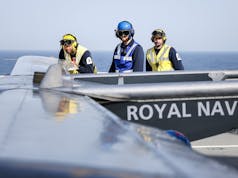
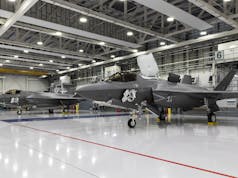
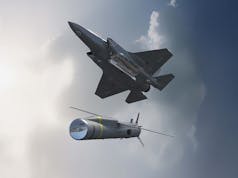

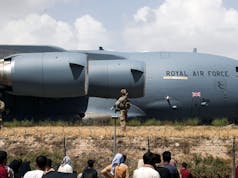

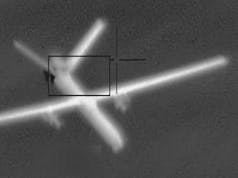
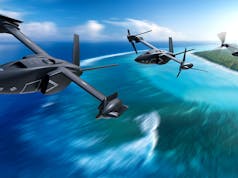
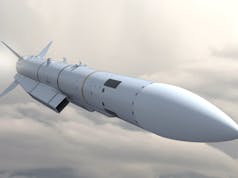
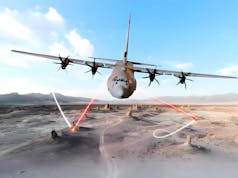

What would be a natural replacement?
The P-8 Poseidon is eventually expected to take over the role of the sentinel in addition to its primary maritime patrol functions.
The new p8 MPA has an option that will eventually turn it into a Multi Mission Aircraft(MMA) by way of a bolt on radar system in the future.
colouration